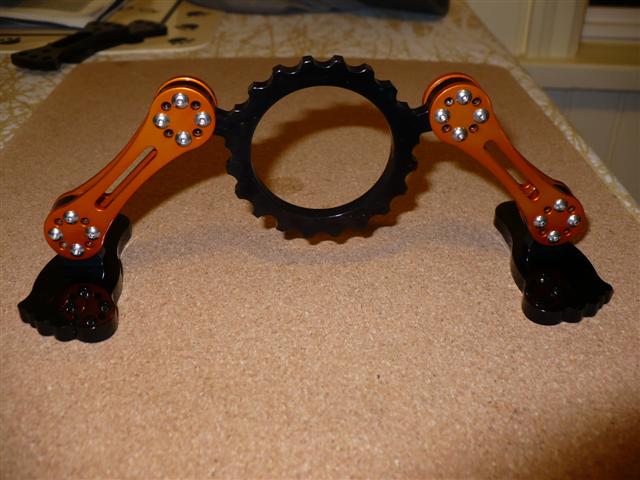as so of you have seen in my past posts that i have finished a new holland hit-miss. and i thought i would run it and get out all the bugs before i paint the engine.and at this time i have approx. 6-8 hr of run time on the engine and i feel it's now due for some color. but which type of paint job is up in the air right now because i don't know which paint type to use.
on power coat i hear it is more durable like being more chip resistant than auto paint or a regular enamel(hardware store type). but the down side is the powder coat the way i hear if it is chipped from handling or what ever, that it can't be touched_up as another type of paint can. and as for this engine i do plan to do two differant things with it. like i want to use it hooked up to an ice cream freezer and also have it for show. so it might get handled more frequent than just a show piece.
so from the above i hope you can see my questioning which type of paint. and as for the price i found that i can get it power coated for approx the same price as i would have to spend on auto paint and all the related things. like thinner, hardener and the paint that i would have to get color matched because of new holland having a very diff. type of reddish maroon towards Burgundy. or should i just get the color close as i can from an sample car chip and save the color match fee.
there is two people that sell finished new holland's that i know of. and both get them power coated at the same place which is only 6 mi. from me. so this is helping to confuse me, like fallow what is done or go my own path.
on power coat i hear it is more durable like being more chip resistant than auto paint or a regular enamel(hardware store type). but the down side is the powder coat the way i hear if it is chipped from handling or what ever, that it can't be touched_up as another type of paint can. and as for this engine i do plan to do two differant things with it. like i want to use it hooked up to an ice cream freezer and also have it for show. so it might get handled more frequent than just a show piece.
so from the above i hope you can see my questioning which type of paint. and as for the price i found that i can get it power coated for approx the same price as i would have to spend on auto paint and all the related things. like thinner, hardener and the paint that i would have to get color matched because of new holland having a very diff. type of reddish maroon towards Burgundy. or should i just get the color close as i can from an sample car chip and save the color match fee.
there is two people that sell finished new holland's that i know of. and both get them power coated at the same place which is only 6 mi. from me. so this is helping to confuse me, like fallow what is done or go my own path.





